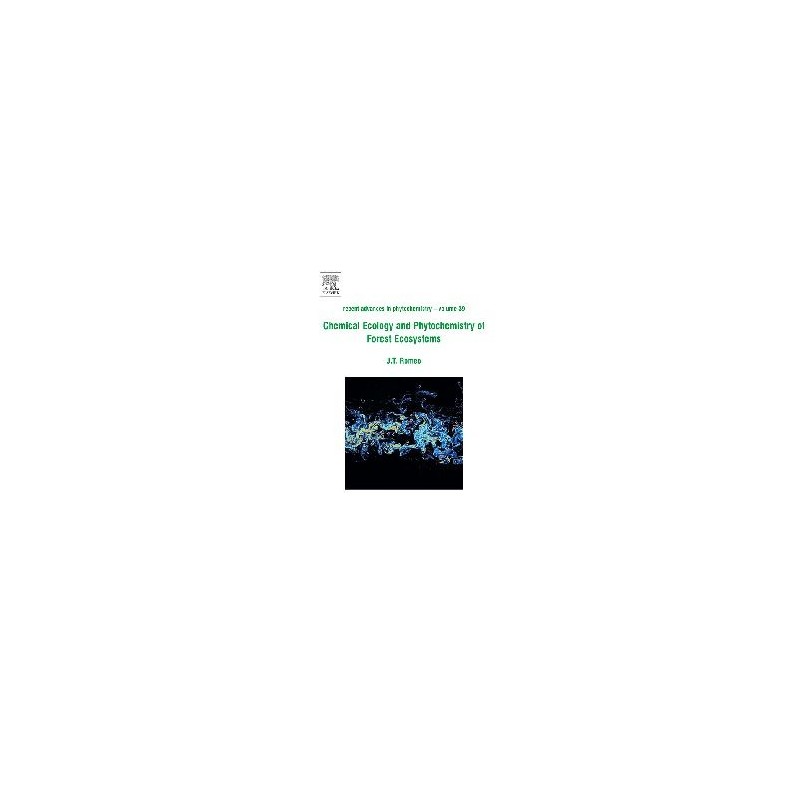- Out-of-Stock



No product available!
No product available!
The module with the ACS725 current sensor with a direct current measuring range up to 10 A. The board is equipped with a Grove connector and communicates via an analog interface. Seeed Studio 101020616
No product available!
No product available!
The expansion board is designed to work with Alchitry Au and Alchitry Cu. The board has four 7-segment LED displays, five buttons, 24 LEDs and 24 DIP switches. SparkFun DEV-17278
No product available!
Permanent cylindrical neodymium magnet with a diameter of 13 mm and a height of 3 mm.
No product available!
No product available!
No product available!
Turnigy Multistar 45 A - Brushless motor speed controller for 2-6S multirotors (HK25366)
No product available!
SD Card Kingston CANVAS React 128GB Class 10. SDR / 128GB
No product available!
HK Individual HXT 3.5mm connector for motor/ESC (12pc) (20228)
No product available!
LCD 4x12, 37x48.5mm, LED backlight (RGB), FSTN, 5.88x2.90mm character
No product available!
No product available!
SEN-11341 - Gyro Breakout Board - LPY503AL Dual 30°/s
No product available!
No product available!
No product available!

